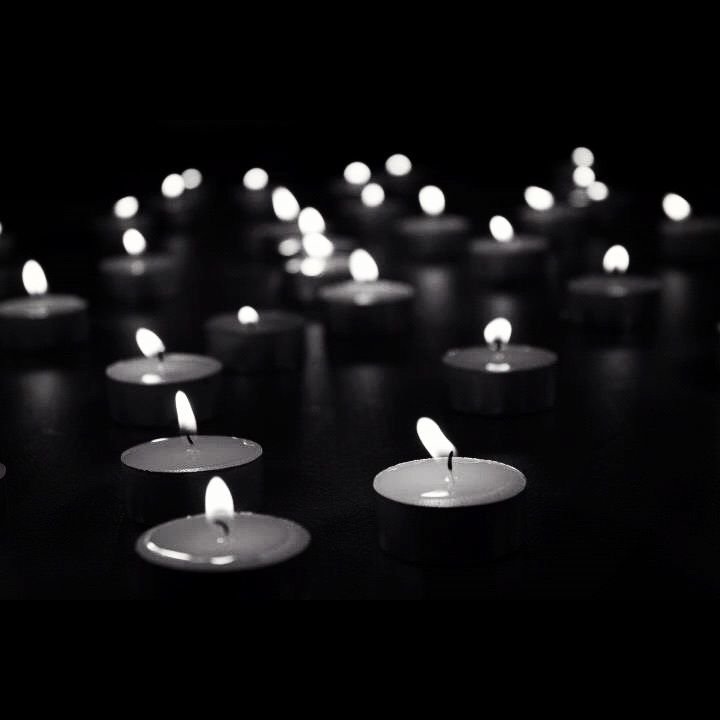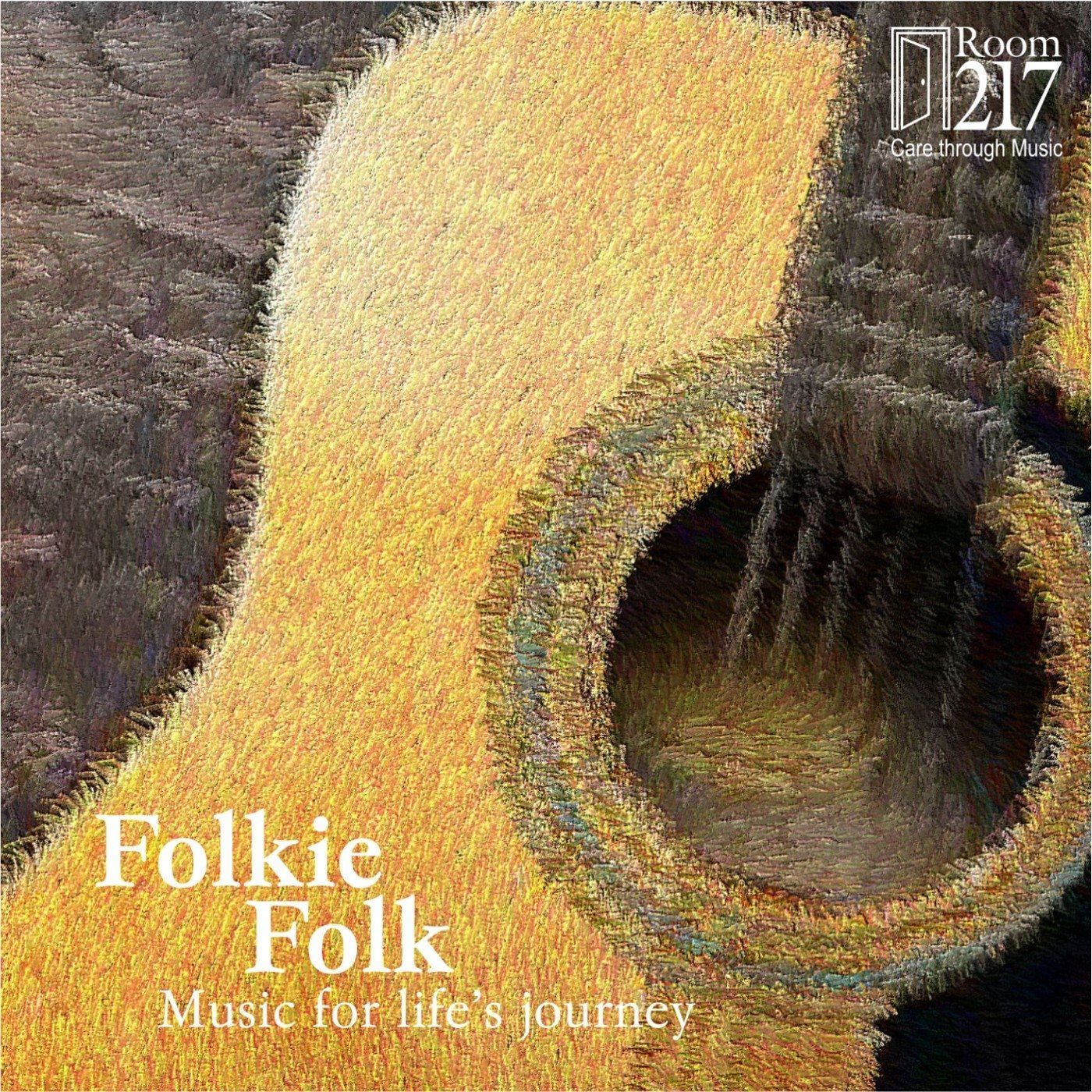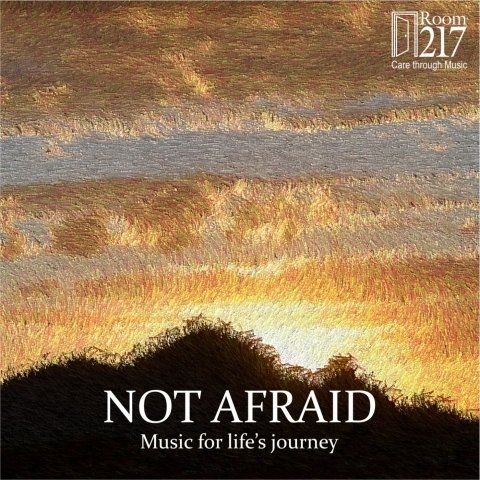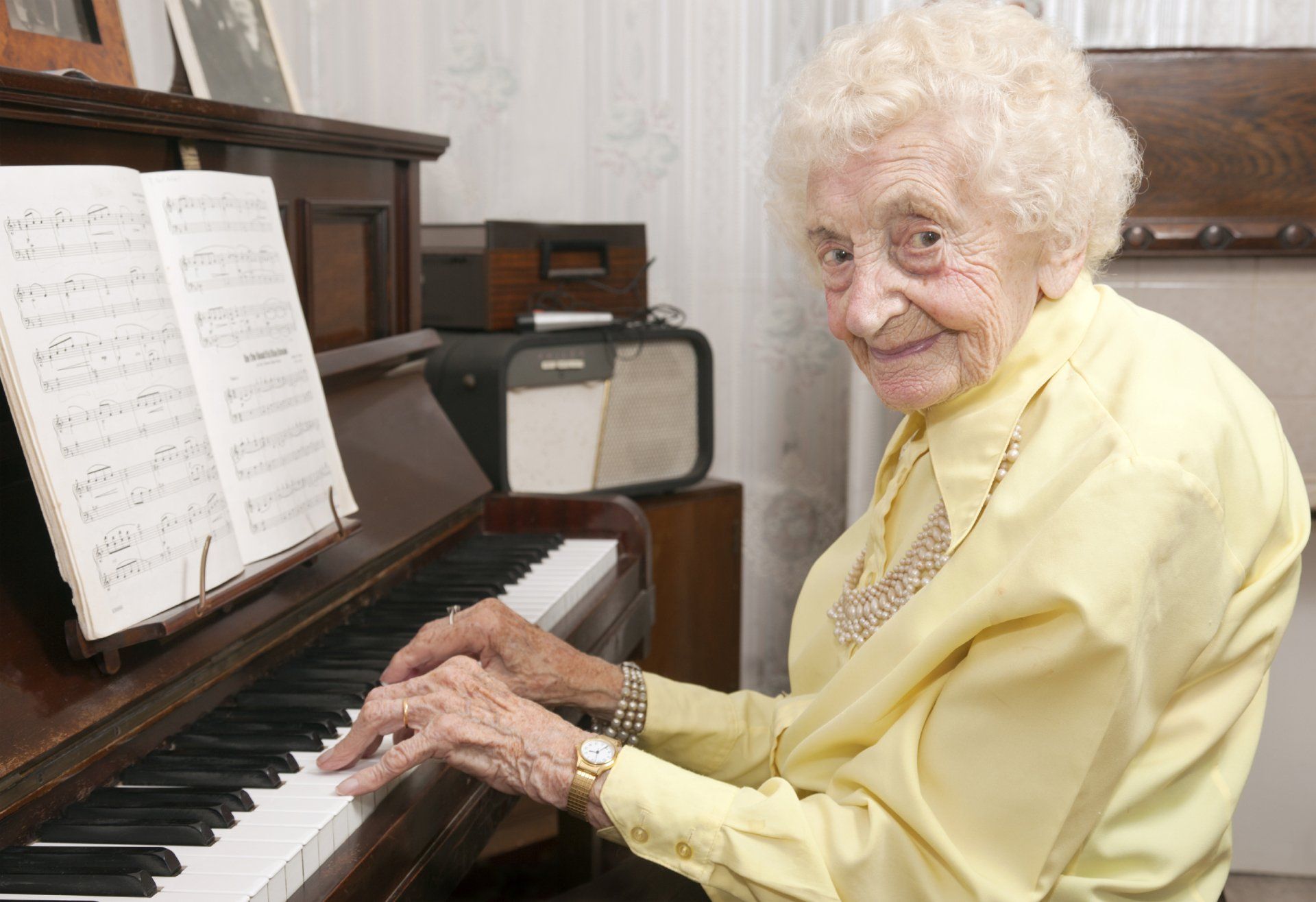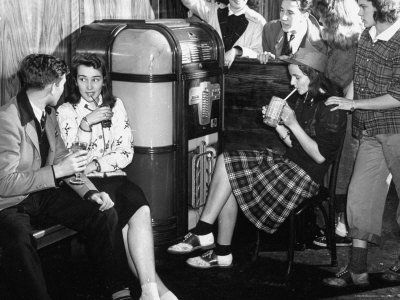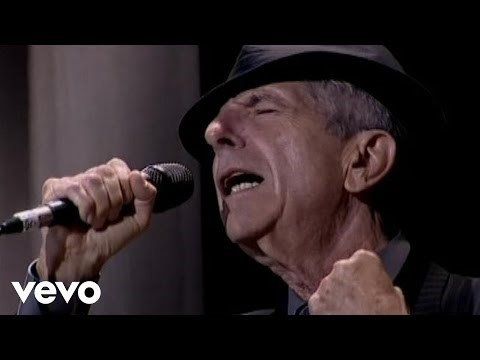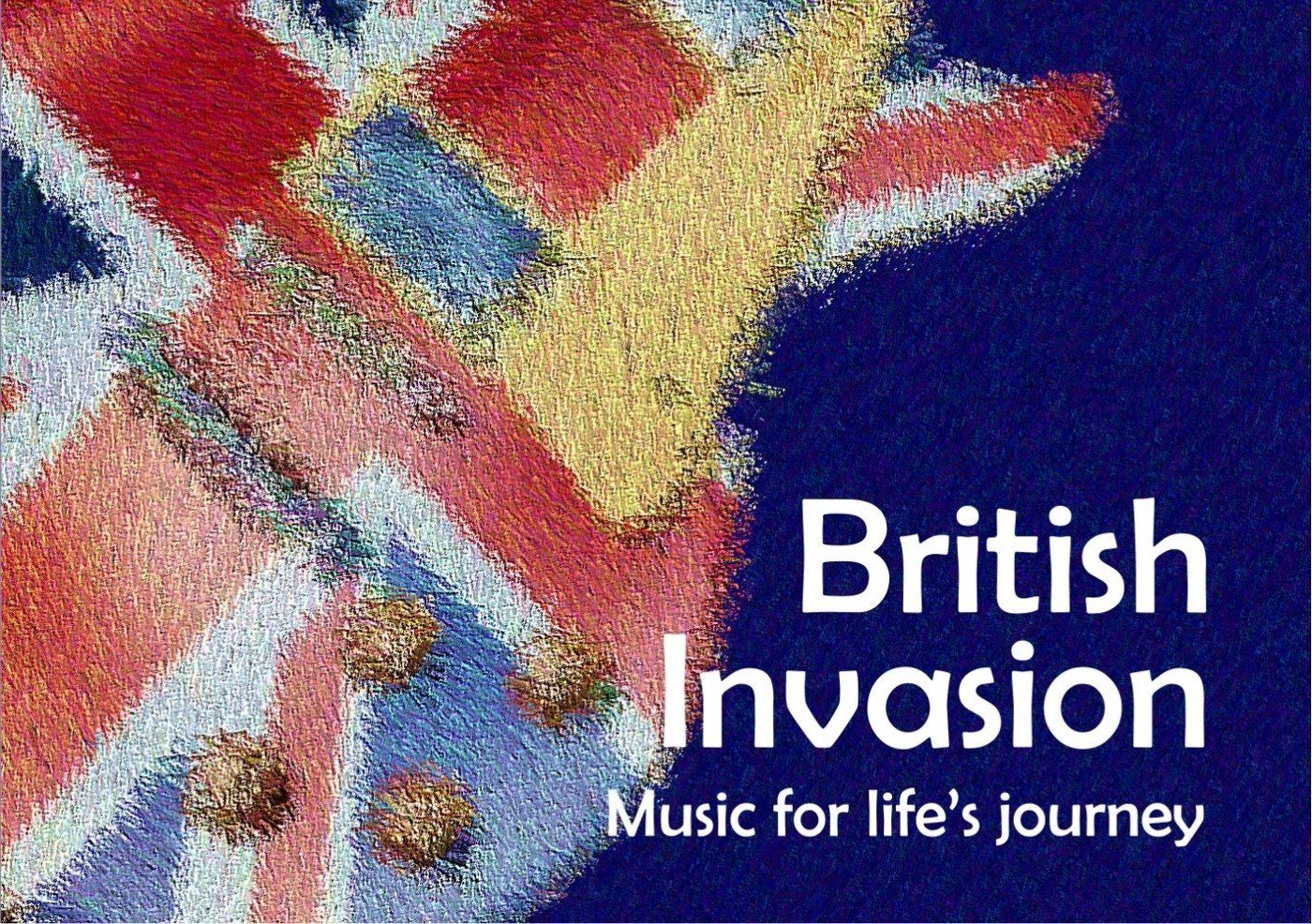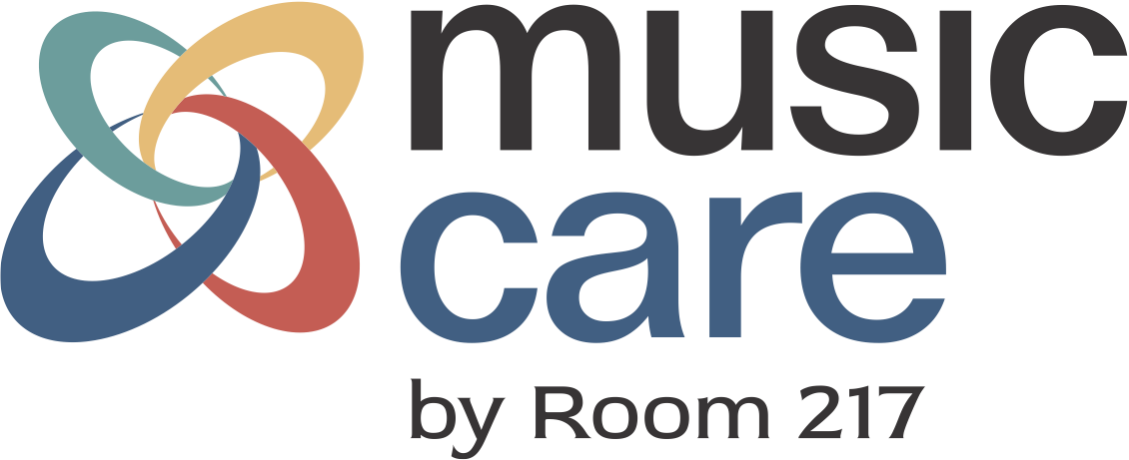The Pathways Singing Program for Memory Care
 I am pleased to announce that the Pathways Singing Program for Memory Care is now available from the Room 217 Foundation. Pathways is a singing program that enhances the quality of life and care for people living with dementia. Pathways provides hundreds of hours of meaningful and interactive programming for persons living with dementia. It is an opportunity to strengthen relationships among all care partners and is ready-to-use. And the best thing of all, you don’t have to be a musician to facilitate this program!
I am pleased to announce that the Pathways Singing Program for Memory Care is now available from the Room 217 Foundation. Pathways is a singing program that enhances the quality of life and care for people living with dementia. Pathways provides hundreds of hours of meaningful and interactive programming for persons living with dementia. It is an opportunity to strengthen relationships among all care partners and is ready-to-use. And the best thing of all, you don’t have to be a musician to facilitate this program!
Pathways is comprised of a video series of 13 30-minute episodes led by an expert singing host; activity booklets with 325 accompanying activation ideas; online training
comprised of six short tutorials. There is a bonus audio CD for each episode including the Pathways theme song, breathing music, and instrumental and vocal tracks of each song in that specific episode.
Participants are invited into a singing experience that is non-threatening, warm and respectful. Pathways is a ready-to-use music care resource that can be facilitated by singers or non-singers. Pathways may be used in various settings like long term care, retirement homes, complex continuing care, hospitals, day programs, Alzheimer support groups, hospices, and private homes.
In the spring of this year, Room 217 conducted a beta test (see related 3 minute video)
in 30 sites that provide memory care programs. These early testing results (see report here)
indicated that Pathways increased responsiveness and socialization in participants living with dementia as well as reduce behaviours.
Participants themselves like the program. Joyce says “When I sing, I live the words. I like all of it.” Ethel comments “I like this program. It’s entertaining. It’s good for the mind. For the brain.” Philis says “I like it all. I feel better. Have fun. Enjoy myself. I laugh and carry on. You know what I mean?”
And family caregivers appreciate the program. “I learned things about mom that I didn’t know before because it brings back memories.” “The effect is that we feel closer. We enjoy each other’s company. It allows for natural expression of affection.”
Music, and in particular singing, is effective in persons with dementia for a number of reasons. Singing memories are processed and stored in different place in the brain that speech. So in dementia, singing memories and musical recognition like pitch and rhythm may not be lost. Songs are often associated with feelings which may trigger memories. Music’s reach is effective through the whole dementia trajectory, from early stages until end of life.
Pathways videos use captivating and colourful images which enhance background information and song content. ( See sample of Europe Collection here.) The videos along with the activities make Pathways a stimulative, multi-sensory opportunity, with opportunities to engage gross and fine motor skills, reminiscence, cognition, visual acuity and play.
It is my personal hope that Pathways will provide hours of enjoyment and pleasure for thousands of people, and that relationships among care partners will be strengthened through making music together.
Learn more
about the Pathways program, or visit our resource store
for purchase information
Bev Foster is the Executive Director of the Room 217 Foundation, an organization dedicated to music and care. She is an experienced, performer, songwriter and music educator. Compelled by their own caregiving situation, Bev and her husband Rob, founded the Room 217 Foundation in 2009. Bev speaks and writes extensively on the power of music, especially in complex care or life limiting situations. Her passion for music enhancing quality of life and care is contagious.

